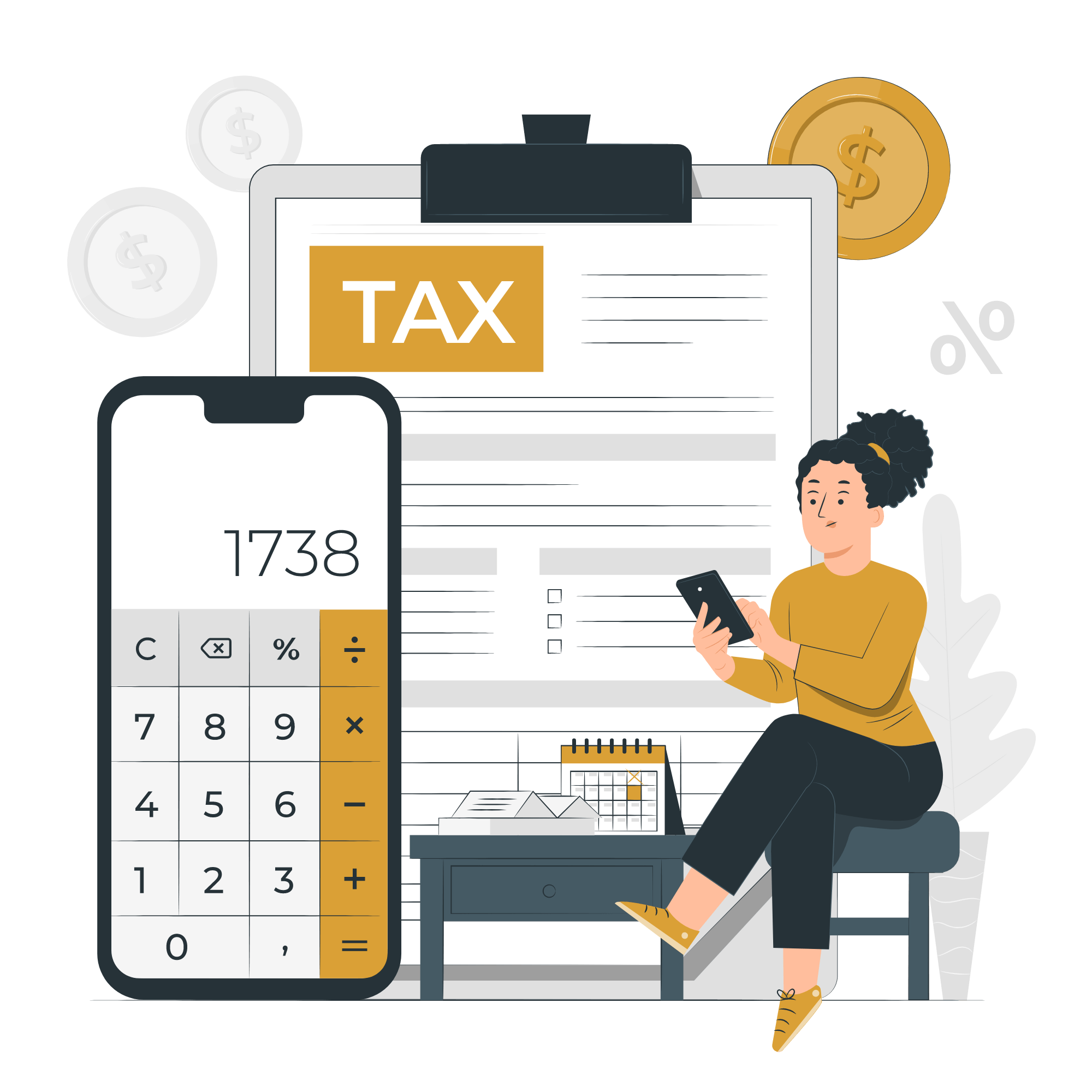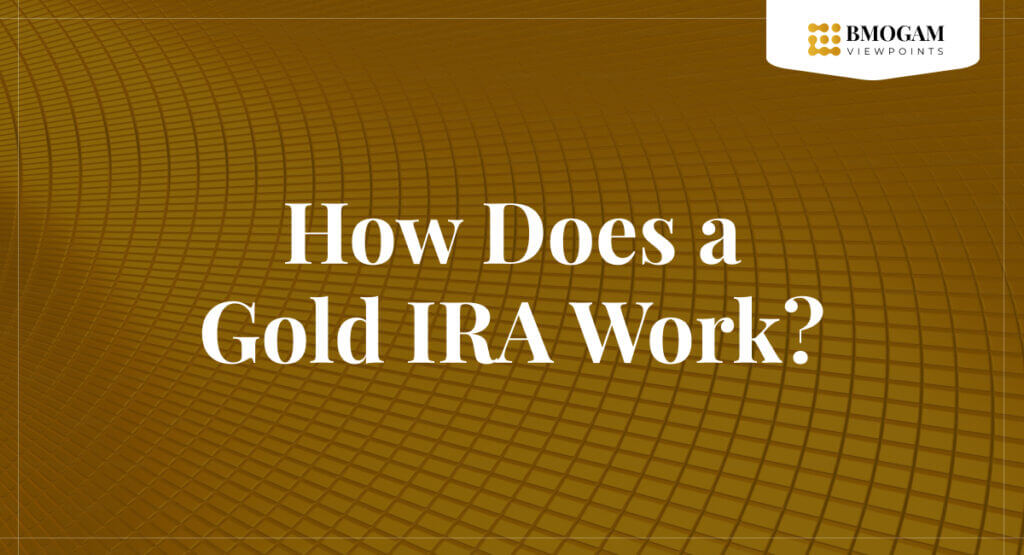Disclaimer: We are reader supported. We may be compensated from the links in this post, if you use products or services based on our expert recommendations. Please read our Advertising Disclosure.
These range from their values increase over time to providing you with an effective hedge against market turmoil and inflation.
The nature of the IRA structure gives you tremendous tax benefits. You can fund your account with pre-tax dollars. This can happen either via a rollover from a qualifying retirement account or annual contributions.
The other end of a gold IRA, however, is taking the money out. You can't just wait forever and do it when it's convenient for you, as you must wait until you are of a certain age to start withdrawals.
Conversely, if you get old enough, you have to start taking withdrawals whether you like it or not.
Before we get started:
We understand how difficult it is to pick a company that you can trust with your hard earned savings. That's why we create informative and useful information to give you as much knowledge as possible to make the right decision.

We created a list of our highest recommended investment companies, to make comparing and choosing the company best suited to your needs as easy as possible.
Or...
Get a FREE Gold Investing Packet from our #1 recommendation by clicking the button below:
Protect Your Savings - Tax and Penalty Free!
Rules for IRA Withdrawals
The rules for IRA withdrawals apply the same to self-directed gold or precious metal IRAs just the same as any other kind of IRA.
If you take early withdrawals from an IRA, typically before you turn 59 1/2, then you will get hit with a 10% tax penalty from the IRS.

Since retirement funds are typically invested using pre-tax income, the taxes happen at this time since they didn't when you put the money in there in the first place.
When you reach the age of 59 1/2 is when you can begin making withdrawals. Mandatory withdrawals don't happen until you get to be 70 1/2, which means you can let your precious metals stay invested for the next 11 years if you want.
Once you turn 70 1/2, then you're required to do a minimum withdrawal every year.
Required minimum withdrawals are also known as RMDs. Your yearly RMD has to happen before December 31st of that year. Having said that, your initial RMD might be something you can postpone until April 1st of the subsequent calendar year.
The IRS has rules about how much your RMD has to be each year. Failing to adhere to those guidelines can result in steep penalties.
Your gold IRA broker should be able to both calculate and provide you with your annual RMD amount, but you don't have to worry about it if your gold IRA is a Roth.
Distributions From Your Gold Backed IRA
Precious metal IRAs offer more distribution options compared to IRAs based on paper assets. One of the biggest differences between a traditional IRA and a precious metal IRA is that you get two options.
This stems from the fact that you own the physical assets that you've invested in.
This is an option where you elect to receive your assets as what is known as a direct distribution. That means the bullion bars or coins will get shipped right to you.
When you get them, you can now have physical possession of your valuable assets.
This choice is closer to what happens with other retirement accounts. In a liquid distribution, you likely receive the funds as a wire, ACH, or check.
This is possible if your gold IRA broker has a buyback option where they purchase your physical metals at market rates instead of shipping them to you.
What is an RMD (Required Minimum Distribution)?
An RMD is a required minimum distribution. Generally speaking, it's the minimum amount that your gold IRA has to be withdrawn from after you reach a certain age.
The year you retire might also play into things.

For a long time, the mandatory age was 70 1/2. That was the case for anyone hitting that age before January 1st, 2020. If your retirement year was later, that could have moved the date, too, and newer legislation moves the birthday rule to age 72.
RMD rules apply to all retirement IRAs. That includes SEP and SIMPLE IRAs that don't factor into precious metal IRA options. Failing to take RMDs or not taking enough with them can mean serious IRS consequences.
If the gold IRA account owner dies before RMDs start, then the whole owner benefit amount has to be distributed to a beneficiary in one of two ways. The first is within 5 years of the death of the owner.
The second is over the beneficiary's life beginning no later than the first year after the owner died.
Exceptions exist for multiple cases, including:
Gold IRA Early Withdrawal Exceptions and Penalties
Generally speaking, any withdrawal before age 59 1/2 should be subject to a 10% penalty. That's in addition to any taxes that might be applied based on your early distribution and tax bracket.
The reason for this is that pre-tax funds are often used for gold IRA investments, and they're designed to be retirement investment vehicles more than a means of getting around taxes.
Having said that, the rule isn't one with blanket enforcement. There are numerous exceptions where you might be able to make an early withdrawal without paying the penalties.
For the most part, these seven exceptions have specific intentions to help people and their families out with various situations.
Disability
If the owner of the gold IRA suffers a disability, they might qualify for early withdrawals without penalty. This would let them access funds they can use to pay bills and maintain their life.
If they are no longer able to produce income, this can be of tremendous importance.
Hospitalization
If the owner of the gold IRA is hospitalized, they may face steep bills. Should they lack the necessary insurance and money to pay their medical bills in such a case, they might be permitted to use gold IRA funds and assets to do so.
This can be useful in preventing medical bankruptcy and making sure they continue to receive the health care they need.
Beneficiary Access After Death
A gold IRA is intended as a retirement investment, and the RMDs are supposed to start years before anyone hits the average life expectancy.
However, not everyone makes it. If they pass away, the beneficiary might have to use early withdrawal circumstances to access the funds they inherit.
Insurance When Unemployed
An IRA owner who finds themselves unemployed might be able to use an early withdrawal to pay for their insurance coverage.
This way, they can stay protected with insurance even when they don't have employer-based plans or status because they're not working at the time. Filling in this gap means they continue to stay healthy and don't avoid the care they need.
Equally Periodic Payments
Someone who owns an IRA might do what is known as identical amount equity withdrawals throughout their expected life. It can also be known as substantially equal periodic payments.
The IRS can rule on whether or not this is an option for your case, and your gold IRA broker can also help determine this.
Qualified Education
Someone who owns an IRA can use the money for certain education expenses. These can include room and board, tuition, and books, among other reasonably related costs.
The money can also be applied to immediate family members who are in pursuit of an education.
Buying a First Home
Home ownership is another way to build financial wealth and stability. Gold IRA owners can use as much as $10,000 for buying a first-time home if they haven't owned one before. This can make down payments more affordable.
Can You Withdraw More than the Minimum Amount Required?
If you so choose, you can withdraw more than the minimum amount that is required. It's best to determine in advance how much you want to do. You'll need to notify your gold IRA broker as soon as possible so they can make the necessary arrangements.
Will You Pay Taxes on Withdrawals?
That's a question best left for your financial planners and gold broker since every situation is different. For the most part, withdrawals are included as taxable income.
Exceptions would include anything already taxed when it was invested or tax-free qualified distributions and some Roth accounts.
How is the RMD Amount Calculated?
The formula for this is somewhat simple. You divide your prior year-ending balance by a life expectancy factor. The resulting answer is your RMD amount.
The balance divided is not the balance your gold IRA has today. The IRS calculation uses the balance your precious metal IRA had on December 31st of the previous year.
Based on contributions and market movements, your account balance may have gone up or down since then.
Your life expectancy factor is something you can look up. The IRS has a document called Distributions From IRAs. The Tables section of Publication 590-B is where you can look this up.
Can You Take an RMD From Just One IRA?
If you have multiple IRA accounts, then you might have RMDs coming up for all of them. This can happen if you have IRAs that focus on other investment classes or assets other than gold and precious metals.
Stocks, bonds, mutual funds, ETFs, and real estate are all possibilities. You still have to have the different RMDs calculated for each IRA. However, you do have the right to have the total RMD sum pulled out of just one IRA.
You can also spread them out over multiple IRAs but not all of them, so long as the total RMD value is honored.
What you can't do is mix and match between different retirement accounts. For instance, if you also face RMDs from 401(k), 403(b), and 457(b) plans, those RMDs have to happen from the same kind of account.
You can't honor a 401(k) RMD sum using IRA funds, or vice versa.
Who Does the RMD Calculations?
Your gold IRA broker should calculate the RMD for you. However, the responsibility for ensuring a correct amount falls on your shoulders. It's you who will pay any fines or penalties for not withdrawing enough.
Fortunately, there are calculators you can use online to do the math. The formula was already mentioned a few questions ago if you want to dig into the hard data behind the calculation or read the relevant IRS publications.
Many online calculators are available through your gold IRA broker, and you can contact your account representative about this.
What Are the RMD Penalties?
If an RMD isn't done right, then a 50% tax is applied for the amount not withdrawn. This is a penalty that you should strive to avoid since it needlessly reduces the assets in your account or costs you more on your annual tax return.
Gold IRA owners can trigger this penalty in one of three ways:
The RMD penalty can be waived if the gold IRA owner takes reasonable steps to correct the situation if it happened due to a harmless error.
You can get a Free Gold Investors Guide from our top gold and precious metals company recommendation by clicking the link above or you can read our article of the top companies we reviewed this year:
>> CLICK HERE to read our list of the Top Gold IRA Companies. <<

I started BMOGAM Viewpoints as a way to compile all my views on investing in one place. I own my home, have some real estate, and own a few stocks like most people, but what really drives my interest in investing is I have a strong love of precious metals, especially gold.



